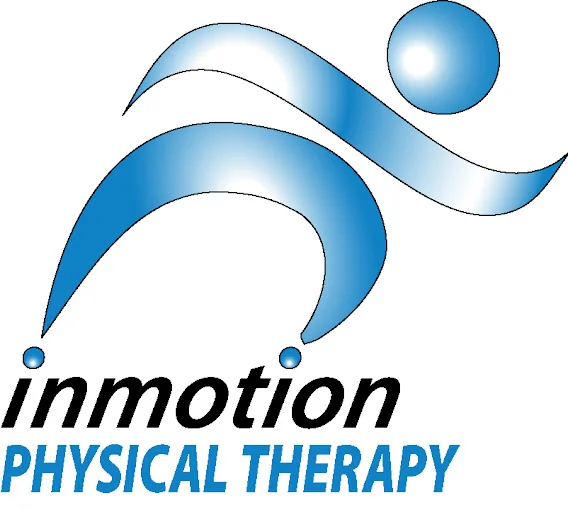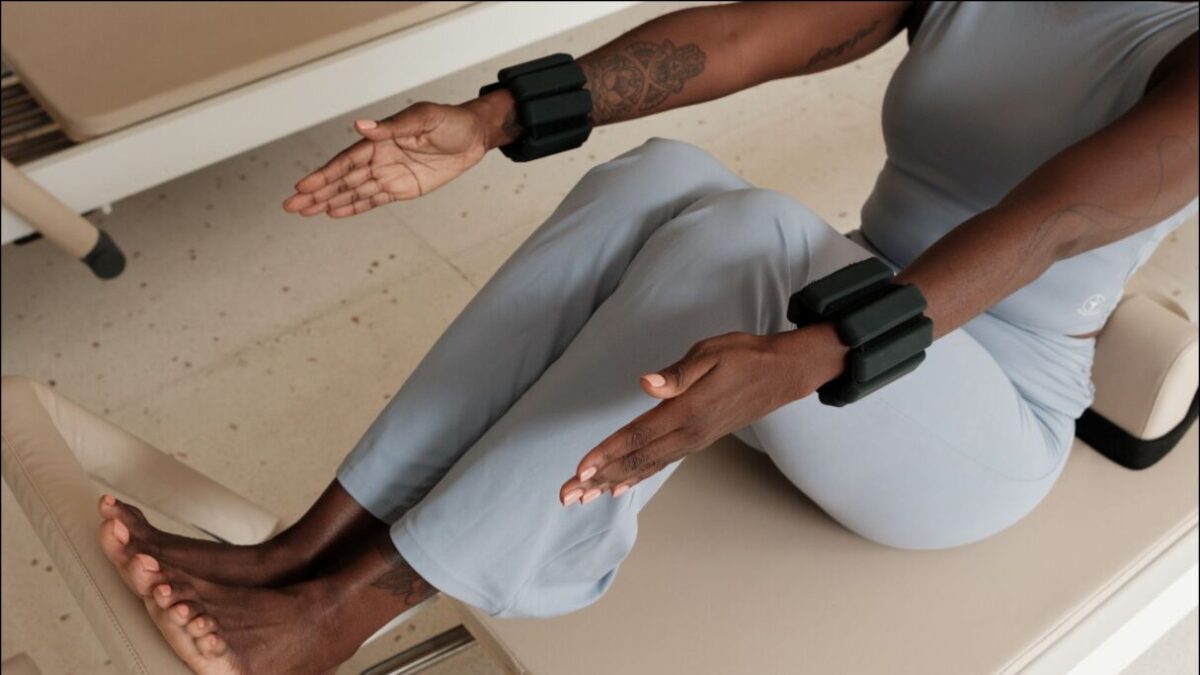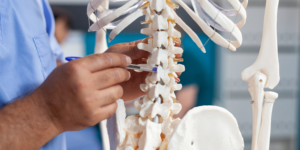Concussions are a prevalent injury in sports, accounting for 6-7% of youth sports injuries each year. The well-being of athletes is paramount, and proper treatment is essential for a safe return to sport. In this blog post, we will explore the available treatment options for concussions, including concussion physical therapy, and provide guidance on ensuring a smooth and secure return to sports for athletes in the Farmingdale, NY area.
What is a concussion?
A concussion is a chemical injury to the brain that disrupts communication between neurons. It is important to note that concussions are NOT brain bleeds or skull fractures. Those injuries require different intervention and treatment than a concussion.
Concussions can occur from impact or non-impact events while participating in sports. An impact concussion occurs when the head hits the ground or another athlete, resulting in the brain absorbing impact to the skull. A non-impact injury is more similar to a whiplash injury as usually occurs with fast rotation. These types of injuries are more commonly seen in car or bicycle accidents and sports like gymnastics.
Symptoms of a concussion may appear immediately or have a delayed onset, and they can include headaches, blurry vision, dizziness, and impaired balance. Imaging will not reveal a concussion but may be ordered by a neurologist to rule out any other serious head injury.
Concussion Testing in the Physical Therapy Clinic
Physical therapists offer comprehensive concussion testing to assess the severity and progress of the injury. These tests include eye/vestibular movements, balance testing, and exertional testing. Memory and recall will also be tested pre and post-treatment. These assessments will help the physical therapist design an individualized treatment plan. No two concussions are the same!
What does concussion physical therapy treatment look like?
Management of Symptoms
Your physical therapist will give you techniques to mitigate some of the symptoms you are experiencing. Manual therapy techniques can help alleviate neck tightness and headaches. Modalities such as e-stim and ice can also help reduce your pain. Graded and monitored aerobic exercise can also help reduce the healing time of a concussion by improving your mitochondrial health!
Balance and Coordination Exercises
Balance is a big deal! Oftentimes after a concussion, your balance is “off”. Balance testing will be performed to determine what impairments you may have. This can include:
- Eyes open/closed
- Foam surfaces
- Varied stances (one foot in front of the other, single leg)
- Walking forward/backward
- Y-balance test
Having decreased balance increases your risk for injury. This study found that athletes with poor balance are more likely to sustain injuries. It also found that a balance training program can help reduce the risk of injury in athletes!
Visual Tracking Exercises
Following a concussion, your visual tracking may be affected. This can be tested in various ways. A physical therapist will look at:
- 9-point gaze exam: Assess the alignment of your eyes and test for nystagmus
- Smooth Pursuits: Your ability to follow a slowly moving target
- Saccades: the ability of your eyes to move quickly between targets
- Convergence: the ability to view a near target without double vision
A home exercise program involving these simple eye and head movements will be prescribed for you to do a few times a day at home. This will help improve the communication between your brain and eyes and allow you to fully recover from your concussion.
Neck Strengthening Exercises
Concussions can also impact the stability and endurance of your postural muscles. Neck stabilization and strengthening exercises can help you keep your head upright for longer periods of time without strain, neck pain, or headaches. Neck strengthening has also been shown to be protective against concussions.
Dual Tasking (cognitive challenges)
As you near your return to the field, your brain has to have the ability to perform multiple tasks at the same time. Running in a straight line without distraction is not going to translate onto the soccer field. You must train your brain’s ability to respond to outside distractions. In the PT clinic, this can look like doing exercises while talking, answering questions, or in a busy environment. Your brain must be able to react to external stimuli correctly in order to ensure a safe return to sport.
Concussion Return to Play Protocol: How do I know I’m ready to return to sport?
Now that you know what the signs and symptoms of a concussion are, what treatment will involve, now we will discuss how to know if you are ready to return to the field. Your readiness to return to sport after a concussion is determined by a 5-stage protocol. An Athletic Trainer or Physical Therapist will guide you through all of the stages in order to return to play safely.
Stage #1: Symptom, Limited Activity
This can include walking, normal daily activities (school, work) only to tolerance (no increase of symptoms by 2-3/10)
Stage #2: Light to Moderate Non-Contact
During this stage a stationary bike can be introduced, along with bodyweight strength training/stretching movements. You will not be making sudden position changes or head movements.
Stage #3: Moderate to Heavy Non-Contact
You can now start running and biking intervals. This is the time when you will be exposed to busier environments and increased resistance. You can also do non-contact sports-specific drills.
Stage #4: Heavy Non-Contact
You can start resistance training, challenging dynamic movements, and non-contact practice drills. At this stage, you will also be tested to see how much exertion you can handle. Once you pass the test, you can move on to the next stage.
Stage #5: Full Exertion/Contact
This is full exertion in participation with contact drills under the supervision of an Athletic Trainer or Coach. Once you can participate at this level without worsening your symptoms, you are ready to return to sport!
The good news is that most athletes’ concussions will resolve with no long-term consequences. It is important to work together with your doctors, physical therapists, athletic trainers, and coaches to develop a safe return-to-play plan after your concussion.
If you don’t know where to start and want to learn more information about how to recover from your concussion, In Motion Physical Therapy can help! If you are located in Nassau or Suffolk County, give us a call today! We are conveniently located along the Route 110 corridor between the Long Island Expressway and Southern State Expressway.



